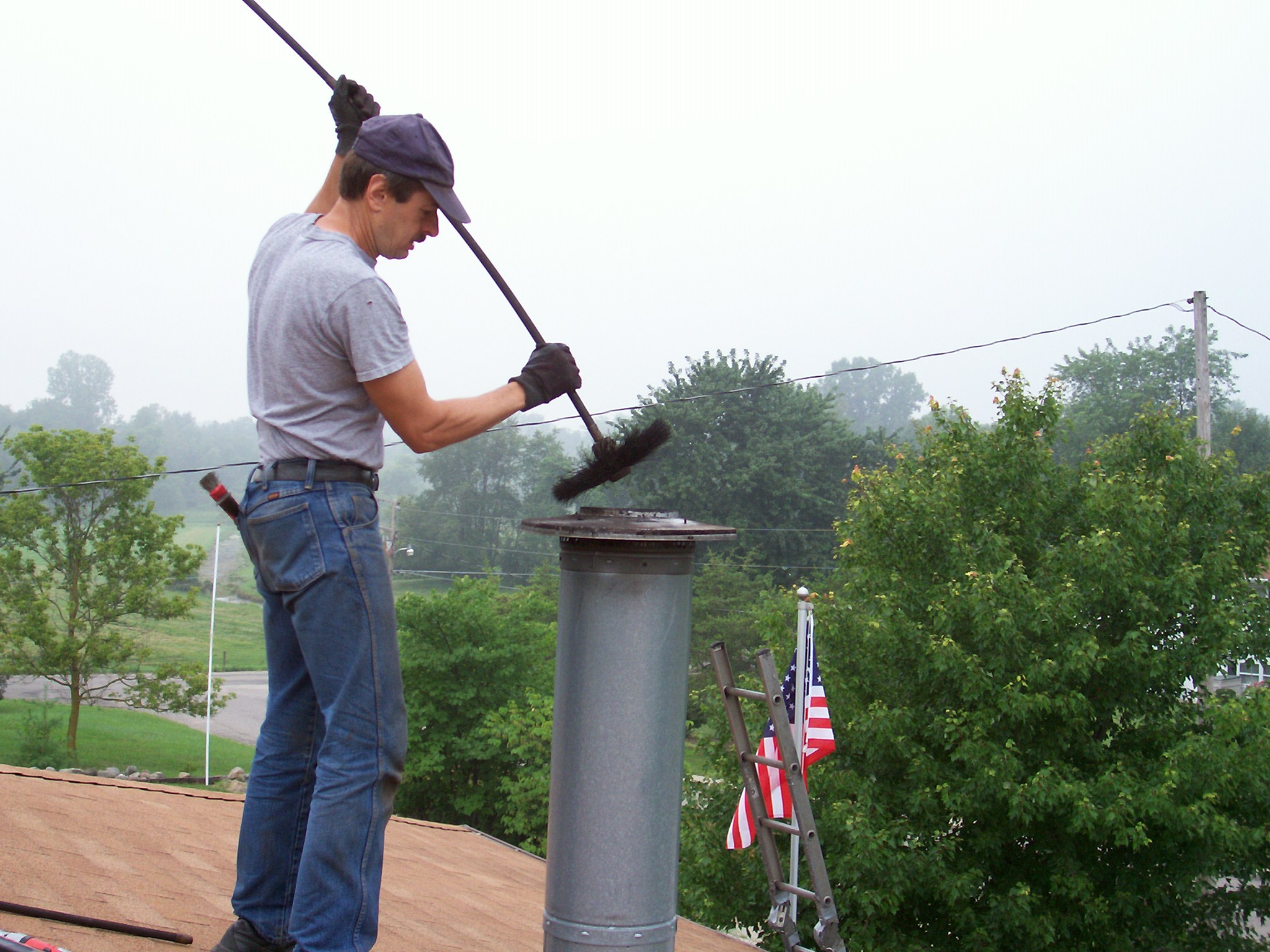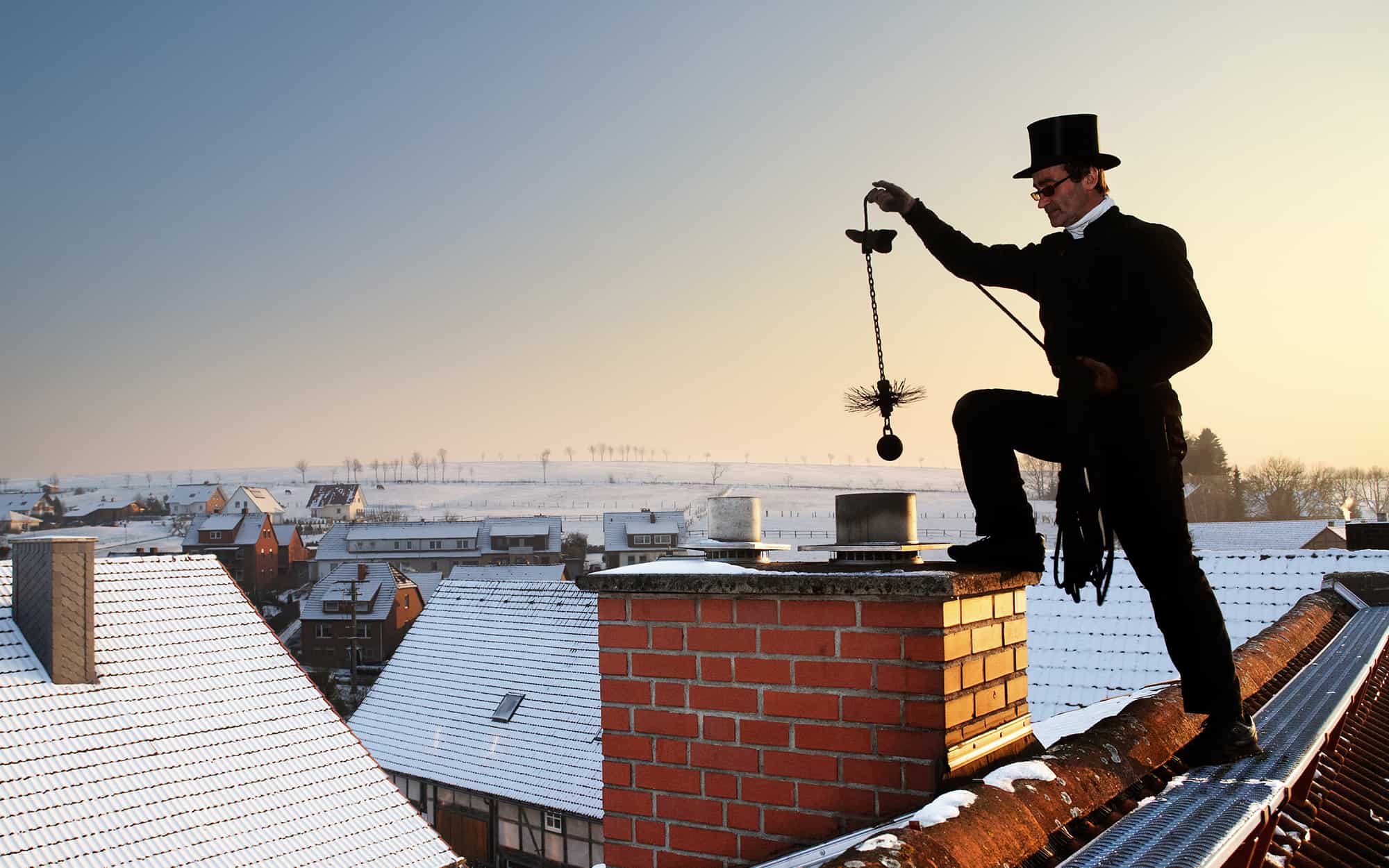Chimney Safety First: Premier Chimney Clean San Jose Providers Unveiled
Chimney Safety First: Premier Chimney Clean San Jose Providers Unveiled
Blog Article
Smokeshaft Cleansing: A Step-by-Step Overview to Maintaining a Healthy Fire Place
Preserving a healthy fireplace is important for the security and efficiency of your home. Normal chimney cleaning is a crucial part of this maintenance routine. In this detailed overview, we will give you with comprehensive instructions on how to properly cleanse your smokeshaft, ensuring that it works efficiently and lowers the threat of fire threats. By adhering to these standards, you will discover how to collect the necessary devices, do an aesthetic assessment, clear particles and accumulation, sweep the chimney, and complete the final steps for continuous maintenance. With an expert approach and focus to detail, you can with confidence deal with your fireplace and enjoy its heat and comfort for years to find.
Collecting the Essential Tools
To begin the process of smokeshaft cleansing, the very first step is to gather all the required tools. Having the right tools available ensures a reliable and secure cleaning process. The important devices for chimney cleansing include a smokeshaft brush, a ladder, ground cloth or plastic sheets, a flashlight, gloves, and a dust mask.
The chimney brush is the primary device used to get rid of soot and creosote build-up from the flue. It is essential to select a brush that matches the size and form of your smokeshaft. In addition, a sturdy ladder is required to access the chimney securely. See to it the ladder is stable and positioned on a level surface.
A flashlight is essential for checking the smokeshaft's inside for any indicators of damages or obstructions. Gloves are necessary to protect your hands from soot and various other harmful compounds, while a dust mask helps avoid the breathing of debris.
Performing a Visual Inspection

Using a flashlight, very carefully examine the interior walls of the chimney for any type of signs of damage, such as cracks, loose bricks, or mortar degeneration. These issues can jeopardize the smokeshaft's structural stability and pose a severe safety and security threat. In addition, check for any indications of water damage, such as staining or efflorescence, as this can show a dripping smokeshaft cap or blinking.
Next, evaluate the smokeshaft flue for any type of blockages. Seek the visibility of nesting materials, leaves, or debris that might have collected in time (Chimney Sweep San Jose). These blockages can limit air movement, increase the danger of carbon monoxide gas build-up, and prevent the chimney's capacity to properly vent smoke
Throughout the visual evaluation, pay very close attention to the smokeshaft crown, which is the leading surface that secures the chimney from moisture. Search for fractures or missing out on items in the crown, as these can allow water to get in the chimney and cause substantial damages.
Cleaning Particles and Build-up
After completing the aesthetic examination, the next action in smokeshaft cleaning entails clearing up debris and accumulation to make certain the proper functioning of the fire place. In time, debris such as fallen leaves, twigs, and pet nests can collect in the chimney, blocking the flow of air and causing possible fire risks. Additionally, the build-up of creosote, a tar-like substance, is a common trouble in smokeshafts. Creosote is created when wood or nonrenewable fuel websites sources are melted, and otherwise eliminated consistently, it can result in chimney fires.
To remove particles and accumulation, it is necessary to utilize the right devices and strategies. A smokeshaft brush, especially created for this function, is used to get rid of loosened particles and creosote from the chimney walls. It is important to select a brush that matches the size of your chimney to make certain efficient cleaning. Prior to starting the cleaning procedure, make sure to cover the fireplace opening to stop debris from coming under the space.
To begin, insert the brush right into the smokeshaft and relocate backwards and forwards, rubbing the walls to dislodge any type of particles or creosote. Use a sweeping motion to make certain detailed cleaning. It is recommended to start from the bottom and work your means up. Once the cleaning is complete, make use of a vacuum cleaner or a chimney brush extension to remove the dislodged particles from the fireplace.

Sweeping the Chimney
The sweeping of the smokeshaft is an essential action in keeping a healthy fire place. With time, residue, creosote, and various other particles can build up in the smokeshaft, blocking the flow of air and potentially creating a hazardous accumulation of combustible materials. Regular chimney sweeper not just ensures proper ventilation yet likewise protects against the threat of chimney a knockout post fires.
When it pertains to chimney sweeping, it is very recommended to work with an expert smokeshaft move. These professionals have the understanding and tools required to safely and efficiently eliminate the gathered particles from your chimney. They will typically begin by covering the fire place to stop any kind of residue or particles from entering your home. Making use of specific brushes and vacuum equipment, they will after that clean up the smokeshaft inside out, making certain that all the buildup is completely eliminated.
It is vital to keep in mind that the regularity of smokeshaft sweeping depends upon several elements, such as the kind of fuel utilized, the amount of usage, and the sort of smokeshaft. As a general guideline, it is recommended to have your chimney evaluated and brushed up a minimum of annually.
Final Actions and Maintenance
To ensure ongoing upkeep and ideal performance, it is necessary to apply routine upkeep methods and comply with a thorough collection of final actions for your fireplace. After completing the smokeshaft sweeping process, the very first step in the final maintenance is to inspect the smokeshaft cap and trigger arrestor. These components protect against debris, pets, and rainwater from going into the chimney. Inspect for any type of indications of damages or blockage, and tidy or repair them if essential.

Evaluate the within the fireplace for any indications of degeneration, such as fractures, loosened bricks, or damaged mortar. These issues can impact the architectural integrity and safety and security of the fireplace. Seek advice from an expert chimney move or mason to address them quickly. if any type of troubles are spotted.
Ultimately, think about mounting carbon monoxide gas detectors near the fireplace and throughout your home. These tools can find the visibility of this hazardous gas, offering a very early caution system in instance of a smokeshaft breakdown. Frequently examine and change the batteries in these detectors to guarantee their performance.
Final Thought
In final thought, adhering to a detailed guide for chimney cleaning is vital in keeping a healthy and balanced fire place. By gathering the essential devices, carrying out a visual examination, getting rid of particles and accumulation, and brushing up the chimney, property owners can make certain the safety and security and performance of their fireplace.
The important devices for smokeshaft cleansing consist of a chimney brush, a ladder, decline towels or plastic sheets, a flashlight, handwear covers, and a dirt mask.
A chimney brush, especially created for this function, is used to remove loosened debris and creosote from the chimney wall surfaces. Routine chimney sweeping not only makes certain appropriate air flow but additionally avoids the risk of smokeshaft fires.
When it comes to chimney sweeping, it is highly recommended to hire a professional smokeshaft sweep. After finishing the chimney sweeping procedure, the very first step in the last maintenance is to examine the smokeshaft this website cap and stimulate arrestor.
Report this page